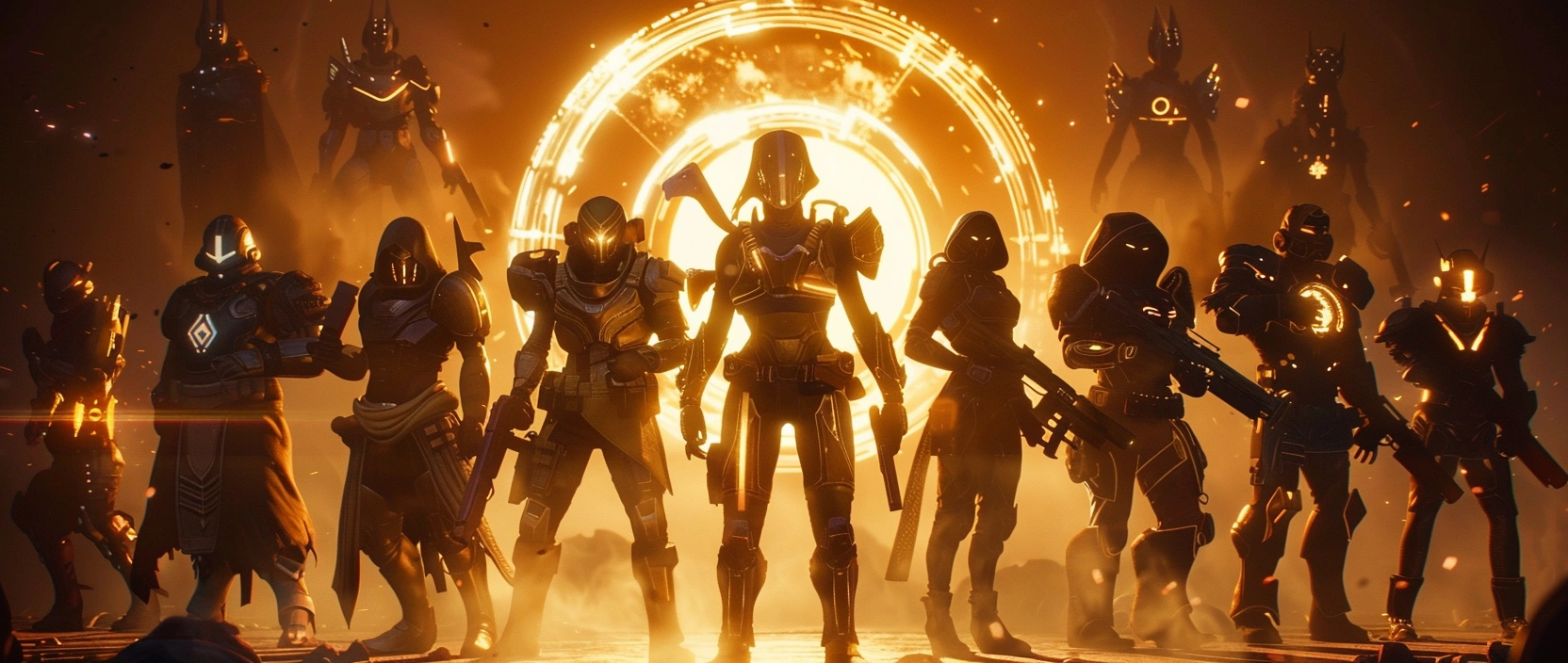Pomerium — is a full-fledged Web3 gaming ecosystem that unites multiple mobile games, tokens, NFT assets, a governance system, and infrastructure for migrating Web2 projects into Web3. The platform stands out with its unique visual style, original Pomeranian-inspired characters, and user-friendly UX that makes entering blockchain gaming as easy as possible. The core mission of Pomerium is to create an accessible environment where players earn real digital assets, and developers can seamlessly integrate blockchain mechanics. This article provides an in-depth analysis of the project’s concept, tokenomics, gameplay mechanics, ecosystem features, and future prospects.
Contents
- Pomerium’s Concept and Mission
- Platform Games and Core Mechanics
- Tokens, NFT Assets, and the Pomerium Economy
- Ecosystem, Web2→Web3 Integration, and Infrastructure
- Advantages, Challenges, and Project Outlook
- Conclusion

1. Pomerium’s Concept and Mission
Pomerium positions itself as a next-generation Web3 gaming studio and ecosystem that merges the familiar mobile gaming format with blockchain technology. The platform’s primary goal is to create a smooth transition for users who have never interacted with cryptotechnology before, while providing developers with tools to migrate Web2 games into a Web3-ready infrastructure. This approach makes the platform a bridge between traditional gaming and the digital economy.
Pomerium’s strategy revolves around two main pillars: developing original IP featuring Pomeranian-themed characters and establishing a technological foundation (SDK, API) that enables easy adaptation of existing games. The project aims to remove entry barriers — users do not need technical knowledge to interact with tokens, NFTs, or governance systems.
A key aspect of Pomerium’s philosophy is accessibility: the team strives to build an ecosystem where digital assets hold practical value, and ownership becomes intuitive for players. The platform emphasizes transparency, economic participation, and developer empowerment. As a result, Pomerium lays the groundwork for a future where gaming worlds become not only entertainment environments but meaningful components of the digital economy.
2. Platform Games and Core Mechanics
Pomerium already offers several games, each designed for mobile audiences and centered around vibrant, memorable characters. While the games span different genres, they are unified by a shared ecosystem, reward structure, and blockchain integration. This approach broadens the platform’s audience and enables a unified economic model across all titles.
Main gameplay features and components:
- NFT Pomeranian characters — heroes with unique stats, rarity levels, and upgrade potential.
- Mobile-first design — short sessions and simple controls for easy onboarding.
- Quests, missions, events — a progression system with token and item rewards.
- Social elements — PvP modes, rankings, and competitive activities.
- Integration with NFTs and tokens — incentives for engagement and account growth.
Each Pomerium game is crafted to remain accessible and enjoyable even for players unfamiliar with Web3. The team focuses on delivering a conventional gaming UX while preserving the advantages of blockchain technology. Frequent updates, events, and improvements keep players engaged, forming the basis for strong retention.
The gradual expansion of the game library, introduction of new characters, and flexible gameplay layers allow users to build unique strategies. This approach helps Pomerium grow its audience and maintain a living, evolving gaming ecosystem.
3. Tokens, NFT Assets, and the Pomerium Economy
The platform’s economy revolves around two core tokens — PMG (governance token) and PMR (utility token). PMG is used for voting, staking, and participation in the Guardians system, while PMR functions as an in-game resource used for rewards, upgrades, and gameplay expenses.
Alongside tokens, NFT assets play an important role: characters, companions, and unique items. They are not merely collectibles — NFTs form a functional part of the gameplay, influencing hero strength, progression, and player engagement.
| Element | Role | Comment |
|---|---|---|
| PMG Token | Governance and participation | Voting, staking, Guardians system |
| PMR Token | Utility resource | Used in games, earned as rewards |
| NFT Assets | Game items and characters | Upgrading, trading, event participation |
The Pomerium economy follows a sustainable growth model: every player action generates activity that increases the governance token’s utility. NFT assets are deeply integrated into gameplay loops, making them an essential part of the economic cycle. This creates a balance between asset value, user engagement, and market demand.

4. Ecosystem, Web2→Web3 Integration, and Infrastructure
One of the platform’s key advantages is its developer infrastructure, which includes SDKs and APIs enabling Web2 games to transition to Web3 with minimal adjustments. This significantly lowers the technical barrier for studios and streamlines the integration process.
Another critical component is the Guardians system: participants who verify data correctness and support fairness throughout gameplay processes. They reinforce ecosystem transparency, prevent abuse, and strengthen trust within the community.
Pomerium’s structure includes a wide range of services: wallet solutions, exchange modules, an NFT marketplace, task systems, game-switching mechanics, and a unified asset hub known as Pomerium Space. This provides users with a cohesive digital environment rather than a set of separate tools.
By building a holistic ecosystem, Pomerium ensures sustainable growth: players consume content, developers integrate new projects, and the economy evolves organically through community engagement.
5. Advantages, Challenges, and Project Outlook
Pomerium holds several strengths such as UX-first design, mobile accessibility, original character IP, and ready-to-use developer tools. This mix of gameplay and Web3 functionality makes the platform appealing to diverse audiences.
However, the project also faces challenges: strong competition in the GameFi sector, constant need for content updates, economic balancing, and maintaining user engagement. These factors require ongoing adaptation and strategic planning.
Looking forward, the platform can significantly expand by releasing additional games, strengthening the PMG token, and fostering deeper collaboration with developers. Building new NFT series, expanding features, and forming partnerships may further reinforce long-term success. If Pomerium continues its development path, it can secure a solid position within the growing Web3 gaming market.
6. Conclusion
Pomerium — is more than a gaming platform; it is a full-scale ecosystem that unites economy, asset ownership, social engagement, and flexible development tools. Players receive an intuitive interface and rich Web3 capabilities, while developers gain frictionless blockchain integration.
With well-designed architecture, vibrant aesthetics, and thoughtful economics, Pomerium is positioned to gain a strong foothold in the rapidly expanding blockchain gaming market. For both users and creators, it opens new opportunities for interaction and participation in the evolving Web3 world.
An additional advantage is the platform’s long-term development focus, making the ecosystem attractive not only to gamers but also to partner projects. As the catalog of games and functional modules grows, Pomerium may solidify its influence in the GameFi sector. Altogether, the platform presents itself as a promising project capable of setting new Web3 gaming standards.




